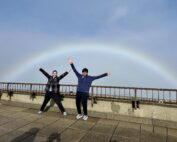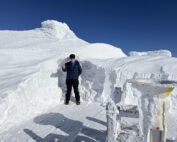Aurora Borealis
2017-07-18 13:27:44.000 – Jillian Reynolds, Summit Intern

Earth’s magnetic field guides the electrons such that the aurora forms two ovals approximately centered at the magnetic poles (NOAA, 2017). During major geomagnetic storms these ovals expand away from the poles such that aurora can be seen over most of the United States. One indicator of the magnitude of a geomagnetic storm is called the Planetary K-index (Kp-index). The Space Weather Prediction Center (SWPC) uses the K-index to decide whether geomagnetic alerts and warnings need to be issued for users who are affected by these disturbances (SWPC, 2017). K-index Warnings are issued when NOAA estimates Kp-indices of 4-7. K-index Alerts are issued when NOAA estimates Kp-indices reach 4-9. Stronger geomagnetic storms can start to disrupt satellite and radio communication.
Up here on the summit, we did have a chance to see the Aurora this past Sunday night. The Observatory crew and I kept checking the weather for after sunset and how strong the geomagnetic storm was throughout the day. We have received some Warnings issued from NOAA for the Kp-indices earlier in the day. Some of us stayed up late and went up to the observatory deck to keep an eye on the sky. The sky conditions were mostly clear and we could see stars. Unfortunately, we were unable to see the Aurora that night. One of the reasons for this was that the strongest levels of Kp-indices were seen before sunset (as seen below). It was still too light out to see anything. We were all upset, but are still hoping to see the Aurora some other night before the summer is over!
Jillian Reynolds, Summit Intern
I Did Not Get Blown Off, I Persisted
I Did Not Get Blown Off, I Persisted By Alyssa Bélanger Hello again! To write this farewell blog summarizing my three months on the remote summit of Mount Washington, I decided to take a
An Experience Worth 1,000 More
An Experience Worth 1,000 More By Mitchell Tsokatos Me and the summit sign once winter really got going. Taken 11/2/25. Unfortunately, my time on Mount Washington as an intern has come to
Supporter Spotlight: AJ Mastrangelo
Supporter Spotlight: AJ Mastrangelo By Wendy Almeida A young AJ on the summit with Rebecca Scholand. AJ Mastrangelo’s relationship with Mount Washington Observatory began long before his internship—or his current career as




